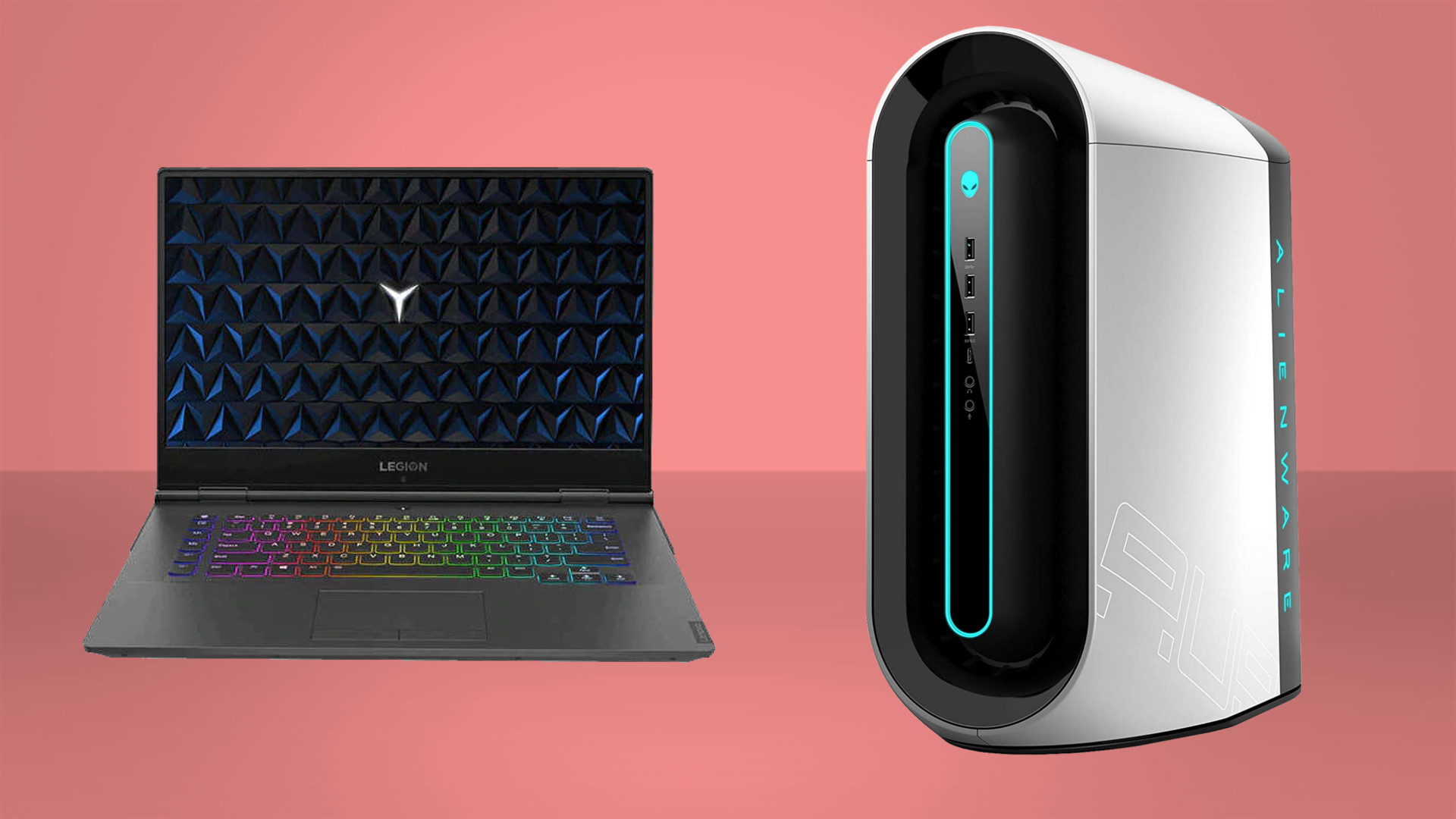AMD has promising plans for laptops in the next two years
Ryzen 6000 isn't a one-off, it looks like up-to-date graphics in laptop chips are the future.

AMD has unveiled plans for the next two years across its processor and graphics card lines at its Financial Analyst Day 2022. This event is aimed at investors and analysts, and as such, it's heavy on promises and a little light on the actual details. Still, there are some new details about Zen 4 and RDNA 3 that are worth catching up on, plus there are some enticing plans on the laptop front too.
The first mobile processors we'll see currently go by the codename "Phoenix Point" and are due in 2023. These will be manufactured using TSMC's 4nm process and feature the Zen 4 core architecture that we'll see debut on desktops this year, along with RDNA 3 graphics. Phoenix Point will also get the new Artificial Intelligence Engine (AIE), which draws on AMD's recent acquisition of Xilinx, although what the benefit will be for day-to-day work and gaming isn't quite so obvious.
What is much clearer, and more exciting, is the news that AMD seems to be upping its release schedule when it comes to integrated graphics. Promising us RDNA 3 in an APU next year is great news. We've only just got our hands on its RDNA 2-based APUs this year, with the launch of its Ryzen 6000 chips, and prior to that we've had to make do with its Vega-based graphics since 2018—we never did get to see RDNA 1 in an APU.
Zen 4 should usher in plenty of improvements on its own, but when backed up by a next-gen GPU, I can't help but get excited about the prospect. Especially if it has enough Compute Units to actually game competently. The Steam Deck puts in a reasonable show with eight CUs using RDNA 2, so something of that order would be welcome for thin and light gaming. Hopefully, it won't try and get by with just two CUs as rumored for AMD's Mendocino.
We should have mobile versions of its discrete RDNA 3 and probably next-gen Nvidia GPUs by the time Phoenix Point launches, but it's good to have the option of gaming at lower settings on more affordable machines.


Best gaming PC: The top pre-built machines from the pros
Best gaming laptop: Perfect notebooks for mobile gaming
AMD has also revealed what will be following on from Phoenix Point. "Strix Point" will drop in 2024 and will feature Zen 5 and RDNA 3+ silicon, although it isn't clear at this stage what that plus brings to the game. It may simply be a more energy-efficient refresh. The fact that AMD hasn't stated what production process Strix Point uses, leaves things pretty open to interpretation too.
If you take away one thing from AMD's revelations, it's that its mobile APUs finally look like the real deal. Not held back by an older GPU, but utilizing the very latest silicon. That's something we've been hoping for since the original Zen dropped, and while we have that now with its Ryzen 6000 chips, the idea that it's going to maintain this for at least the next two years is great news. Let's just hope they have enough CUs to make them relevant.
Keep up to date with the most important stories and the best deals, as picked by the PC Gamer team.
Alan has been writing about PC tech since before 3D graphics cards existed, and still vividly recalls having to fight with MS-DOS just to get games to load. He fondly remembers the killer combo of a Matrox Millenium and 3dfx Voodoo, and seeing Lara Croft in 3D for the first time. He's very glad hardware has advanced as much as it has though, and is particularly happy when putting the latest M.2 NVMe SSDs, AMD processors, and laptops through their paces. He has a long-lasting Magic: The Gathering obsession but limits this to MTG Arena these days.


